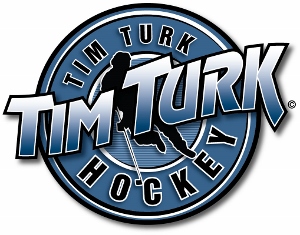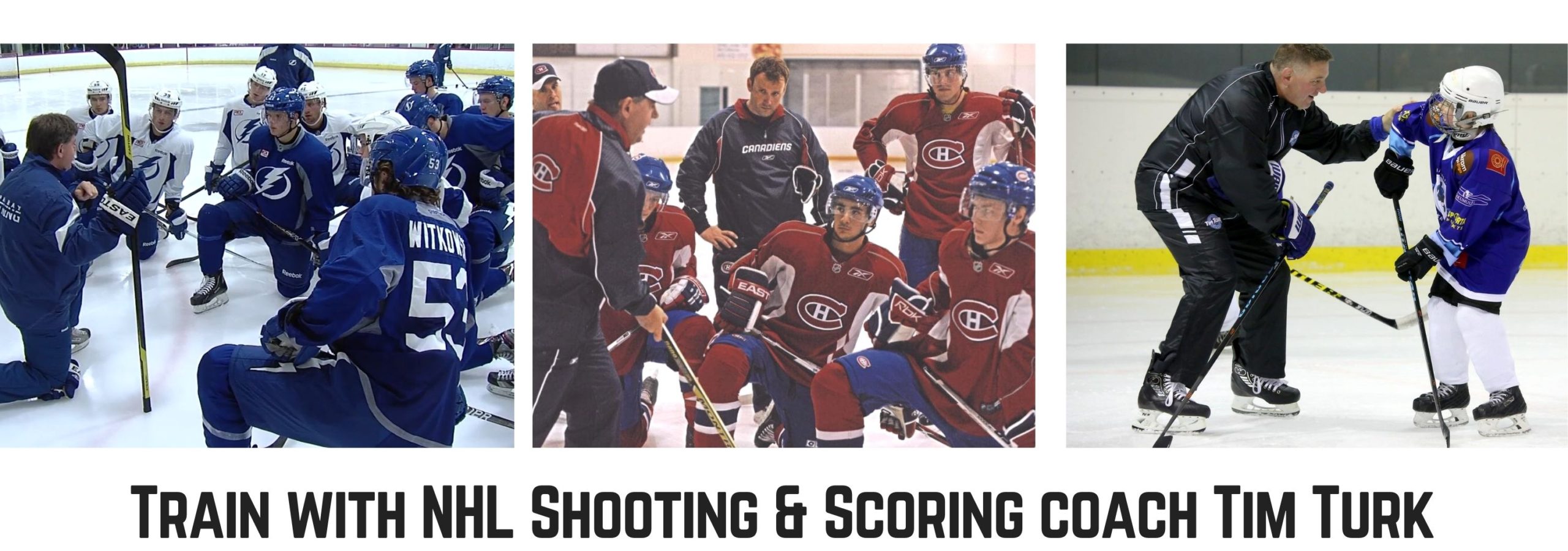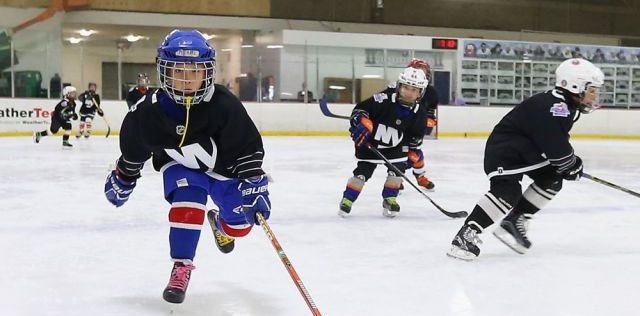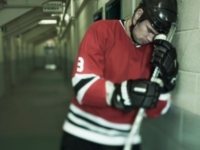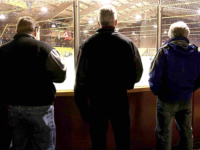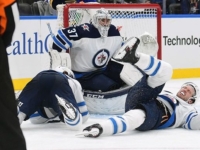Hockey has always been a difficult sport to get involved with thanks to the high costs of equipment and barriers to league registrations. When compared with something like soccer or basketball, where the most important items are a ball and a field or court to play on, it makes sense that there is a much higher price tag to join a hockey team.
Hockey is a physical sport, requiring padding from head to toe. Instead of just a ball, a player also needs skates and a stick in order to get into the game. Access to an ice rink is also needed throughout the year, and those are harder to come by in many countries than fields or basketball courts.
All of these factors lead to significant costs for hockey families. However, advances in equipment technology and manufacturing have made for reductions in cost across the board. While the high-end equipment is still rather pricey, there are many satisfactory items that can be purchased for reasonable prices and will last for quite some time. Let’s take a look at some of the major pieces of equipment and how their costs and quality have changed over the years.
Stick
A stick is perhaps the first thing an aspiring hockey player should invest in. Even if you don’t have skates or a proper puck, you can work on stick-handling techniques on the ground using a tennis ball or other object.
The cheapest sticks on the market can be found for less than $80 new, and they will usually get the job done for first-time players. They are generally made out of wood or resin composites and come as a two-piece item (blade fused to shaft). While they won’t be very flexible or light, they are perfect for getting a feel for the game.
Mid-range sticks are lighter, more flexible, and generally provide better pop and strength. These are made out of higher quality composite materials and range in price from $100-200.
The highest quality sticks are extremely light, have superior flex, and are often made out of only one piece. These retail for over $200 but will last longer than any other stick. They are perfect for players who have several years of experience under their belt and want to take their game to the next level.
Helmets
Helmets are vital for keeping you safe during gameplay, so it is best to do research and buy one that will last and provides proper protection. There are some helmets that are less than $60, but they don’t often provide the right amount of protection and might be uncomfortable. Fortunately, the next level helmets can be found for below $100, and they are usually satisfactory when it comes to keeping you safe if you play in a non-checking league.
Most helmets worn by both pros and amateur league players cost between $100-200. They are far more comfortable than the cheaper helmets but provide almost all of the protection of the very expensive ones. These helmets have high-density plastic shells, gel-based foams, and easy adjustment features.
Top of the line helmets can cost up to $250 and are the most comfortable that money can buy. They even used liquid bladders that provide an added level of protection against brain injuries.
Skates
Even if you start playing floor or roller hockey, chances are that you will eventually want to hit the ice, and that means you are going to need a good pair of skates.
The cheapest skates range in price from $40-80, and have very few features. They are okay if you only plan on skating a few times a year, but they are not very durable and will not offer much support.
The next level, known as upper-entry-level skates, can cost up to $150 and are a significant improvement. They are great for beginners who are just learning the basics but aren’t sure if they want to commit a ton of money yet.
Mid-range skates have 3 levels of their own, and a wide variety of different features. They can sell for anywhere between $150-400. The higher up the level you go, the more features and comfort you will be given by your pair of skates. In general, mid-range skates will last quite some time and will provide plenty of support for intermediate and experienced players.
Upper level skates can sell for more than $1,000, but those who spend that much tend to believe that they are worth it due to their maximum levels of comfort and extreme durability. Most casual players don’t need to spring for these skates, and even many competitive players find them to be too expensive. If you can afford them, they will provide value for years to come, but they aren’t truly necessary for recreational players.
Gloves
Gloves are important for stick and puck handling as well as protection. While not as pricey as some of the other major equipment, the highest quality gloves can cost quite a bit. Cheap gloves can be found for less than $30, but they are likely to fall apart quickly and provide the lowest level of protection.
Most players will be just fine with mid-range gloves that cost about $70-100. They provide better comfort and grip than cheaper gloves and will last much longer.
High-end gloves can more than $200. They aren’t necessary for most recreational players, but they will have the highest levels of comfort, durability, and protection.
Pads
Pads have a wide range of prices depending on size and quality. Some pads can be bought for as little as $20 while others are more than $100. For beginners, there are sets of pads that can be purchased for $200-250 for an entire bundle, and this may be the best way to go until you determine which type of pads you like the best.
Conclusion
Hockey isn’t a cheap sport, but it is very possible to find everything you need to fit a smaller budget. The best thing to do is to start with entry-level equipment and to upgrade as you can afford it if you feel that you need higher quality products.
